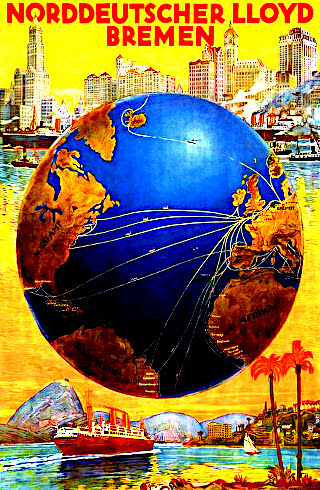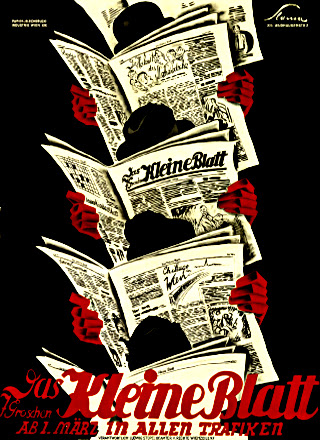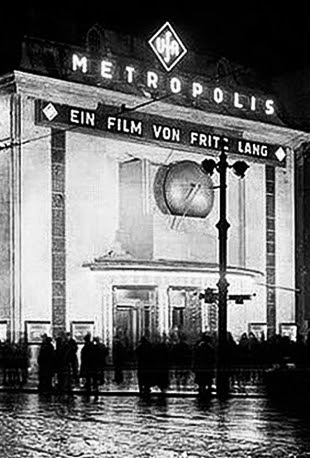Kevin Phillips is a brilliant and insightfuly political commentator, and we have featured his videos and writings here many times.
His latest essay is worth reading over the long weekend.
"This is a much grander-scale disaster than anything that happened in 1929-33. Worse, it dwarfs the abuses of debt, finance and financialization that brought down previous leading world economic powers like Britain and Holland...
But for the moment, let me underscore: the average American knows little of the dimensions of the financial sector aggrandizement and misbehavior involved. Until this is remedied, there probably will not be enough informed, focused indignation to achieve far-reaching reform in the teeth of financial sector money and influence. Equivocation will triumph. This will not displease politicians and regulators leery of offending their contributors and backers."
It is ironic that Joe Biden predicted that our Community-Organizer-in-Chief would be tested severely in his first days in office. At the time everyone thought it would be some foreign power, some military machine which would temper the character of this new leader with a significant threat to the national welfare.
Little did we suspect that the test of our sovereign republic would come from the Wall Street and the money center banks.
Table for One - TPMCafe
The "Disaster Stage" of U.S. Financialization
By Kevin Phillips
April 7, 2009, 3:34PM
Thirty to forty years ago, the early fruits of financialization in this country - the first credit cards, retirement accounts , money market funds and ATM machines - struck most Americans as a convenience and boon. The savings and loan implosion and junk bonds of the 1980s switched on some yellow warning lights, and the tech bubble and market mania of the nineties flashed some red ones. But neither Wall Street nor Washington stopped or even slowed down.
In August, 2007, the housing-linked crisis of the credit markets predicted the arriving disaster-stage, the Crash of September-November 2008 confirmed the debacle, and now an angry, fearful citizenry awaits a further unfolding. There is probably no need to fear a second coming of nineteen-thirties Depression economics. This is not the same thing; the day-to-day pain shouldn't be as severe.
Indeed, for all that the 1930s evoke national trauma, that decade was in fact a waiting room for national glory and wellbeing. World War Two ushered in American global ascendancy, the "Happy Days" of the 1950s and an unprecedented middle-class prosperity.
Today's disaster stage of American financialization - the bursting of the huge 25-year, almost $50 trillion debt bubble that helped underwrite the hijacking of the U.S. economy by a rabid financial sector -- won't be nearly so kind. It is already ushering in the reverse: a global realignment in which the United States loses the global economic leadership won in World War Two. The ignominy deserved by Wall Street after 1929-1933 is peanuts compared with the opprobrium the U.S. financial sector and its political and regulatory allies deserve this time.
My 2002 book, Wealth and Democracy, in its section on the "Financialization of America" noted that the "finance, insurance and real estate (FIRE) sector overtook manufacturing during the 1990s, moving ahead in the national income and GDP charts by 1995. By the first years of the next decade, it had taken a clear lead in actual profits. Back in 1960, parenthetically, manufacturing profits had been four times as big, and in 1980, twice as big." Hardly anyone was paying attention.
By 2006, the FIRE sector, its components mixed together like linguine by the 1999 repeal of the old New Deal restraints against mergers of commercial banks, investment firms and insurance, had ballooned to 20.6% of U.S. GDP versus just 12% for manufacturing. The FIRE Sector, now calling itself the Financial Services Sector, lopsidedly dominated the private economy. A detailed chart appears on page 31 of Bad Money. Some New York publications and politicians try to insist that finance per se is only 8%, but the post-1999 commingling makes that absurd.
This represented a staggering transformation of the U.S. economy - doubly staggering now because of the crushing burden of its collapse. You would think that that opinion molders and the national media would have been probing its every aperture and orifice. Not at all.
Thus, it was pleasing to read MIT economics professor Simon Johnson's piece in the April Atlantic fingering financial "elites" who captured the government for the latterday financial debacle. This is broadly true, and judging from my e.mail, even some conservatives accept Johnson's analysis and indictment. After the furor over the AIG bonuses, the public and some politicians may be ready to start identifying and blaming culprits. This would be useful. Having an elite to blame is a often prerequisite of serious reform.
Nevertheless, the extremes of financialization, together with the havoc we now know it to have wrought, represent a much more complicated historical and economic genesis, one which U.S. leaders must be obliged to confront if not fully acknowledge. Elite avarice and culpability has multiple and longstanding dimensions. It has been fifteen years since Graef Crystal, a wellknown employment compensation expert, brought out his incendiary In Search of Excess: the Overcompensation of American Executives. The data was blistering. Over the last decade, New York Times reporter David Cay Johnston has published two books - Perfectly Legal and Free Lunch - describing how the U.S. tax code, in particular, has been turned into a feeding trough for the richest one percent of Americans (especially the richest one tenth of one percent).
The backstop to avarice provided by a wealth culture and market mania from the late 1980s through the Clinton years to the George W. Bush administration, prompted another set of indictments that still resonate: William Greider's Secrets of the Temple: How the Federal Reserve Runs The Country (1987), Robert Kuttner's Everything For Sale (1997), Thomas Frank's One Market Under God (2000) and John Gray's False Dawn (1998). More recently, Paul Krugman's books have been equalled or exceeded in timeliness by his New York Times columns blasting the perversity of the Obama-Geithner financial bail-out and the malfeasance of the financial sector.
James K. Galbraith, in his 2008 book The Predator State, has elaborated the valid point that too many conservatives over last few decades betrayed their free market rhetoric by supporting a relentless use of state power and government financial bail-outs to advance upper-income and corporate causes. On the other hand, some conservative economists of the Austrian school make related indictments of liberal bail-out penchants.
This could be a powerful framework. All of these critiques have merit, and ideally they might converge as earlier indictments of elite and governmental abuse did during the Progressive and New Deal eras. But I have to return to whether the public will ever be given full information on the fatal magnitude of financialization, who was responsible, and how it failed and crashed in 2007-2009. So far, political and media discussion has been so minimal that the early 21st century American electorate has much less readily available information on what took place than did the electorates of those earlier reform eras.
Towards this end, my initial emphasis in the new material included in the 2009 edition of Bad Money is on what techniques, practices and leverage the financial sector used between the mid-1980s and 2007 to metastasize early-stage financialization into an economic and governmental coup and, ultimately, a national disaster.
Perhaps not surprisingly, I found that the principal building blocks that the sector used to enlarge itself from 10-12% of Gross National Product around 1980 to a mind-boggling 20.6% of Gross Domestic Product in 2004 involved essentially the same combination of credit-mongering, massive sector borrowing, highly leveraged speculation, reckless, greedy pioneering of new experimental vehicles and securities (derivatives and securitization) and mega-trillion-dollar abuse of the mortgage and housing markets that became infamous as hallmarks of the 2007-2009 disaster. During Alan Greenspan's 1987-2006 tenure as Federal Reserve Chairman, financial bubble-blowing became a Washington art and total credit market debt in the U.S. quadrupled from $11 trillion to $46 trillion.
To try to put 20-30 pages into a nutshell, the financial sector hyped consumer demand - from teen-ager credit cards to mortgages for the unqualified - to make credit into one of the nation's biggest industries; nearly $15 trillion was borrowed over two decades to leverage de facto gambling at 20:1 and 30:1 ratios; banks, investment firms, mortgage lenders, insurers et al were all merged together to do almost anything they wanted; exotic securities and instruments that even investment chiefs couldn't understand were marketed by the trillions. To achieve fat financial-sector profits, the housing and mortgage markets might as well have been merged with Las Vegas.
The principal inventors, hustlers , borrowers and culprits were the nation's 15-20 largest and best known financial institutions - including the ones that keep making headlines by demanding more bail-out money from Washington and giving huge bonuses. These same institutions got much of the early bail-out money and as of December 2008 they accounted for over half of the bad assets written off.
The reason these needed so much money is that they government had let them merge, speculate, expand and experiment on dimensions beyond all logic. That is why the complicit politicians and regulators have to talk about $100 billion here and $1 trillion there even while they pretend that it's all under control and that the run-amok financial sector remains sound.
This is a much grander-scale disaster than anything that happened in 1929-33. Worse, it dwarfs the abuses of debt, finance and financialization that brought down previous leading world economic powers like Britain and Holland (back when New York was New Amsterdam). I will return to these little-mentioned precedents in another post this week.
But for the moment, let me underscore: the average American knows little of the dimensions of the financial sector aggrandizement and misbehavior involved. Until this is remedied, there probably will not be enough informed, focused indignation to achieve far-reaching reform in the teeth of financial sector money and influence. Equivocation will triumph. This will not displease politicians and regulators leery of offending their contributors and backers.





























